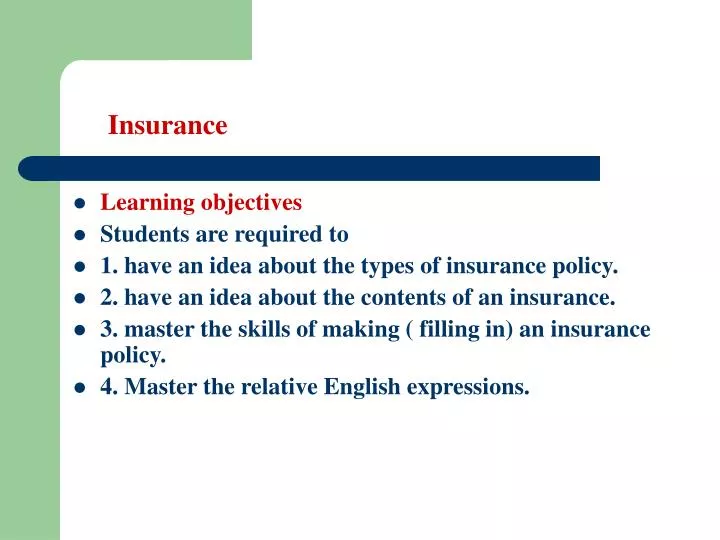The Buzz on Pacific Prime
Pacific Prime - An Overview
Table of ContentsHow Pacific Prime can Save You Time, Stress, and Money.Unknown Facts About Pacific PrimeAn Unbiased View of Pacific PrimeMore About Pacific PrimeThe Definitive Guide for Pacific Prime
This is due to the fact that the data were gathered for a duration of strong financial performance. Of the estimated 42 million individuals that were uninsured, almost about 420,000 (regarding 1 percent) were under 65 years old, the age at which most Americans become qualified for Medicare; 32 million were adults between ages 18 and 65, about 19 percent of all grownups in this age group; and 10 million were kids under 18 years old, concerning 13.9 percent of all children (Mills, 2000).
These price quotes of the number of persons uninsured are produced from the yearly March Supplement to the Current Population Survey (CPS), performed by the Demographics Bureau. Unless otherwise kept in mind, nationwide price quotes of individuals without medical insurance and proportions of the population with various kinds of insurance coverage are based on the CPS, the most extensively used source of price quotes of insurance policy coverage and uninsurance rates.
Some Known Questions About Pacific Prime.

Still, the CPS is particularly useful because it generates yearly quotes reasonably quickly, reporting the previous year's insurance policy protection estimates each September, and due to the fact that it is the basis for a consistent collection of quotes for greater than 20 years, permitting for evaluation of patterns in protection with time. For these factors, in addition to the substantial use the CPS in various other research studies of insurance coverage that exist in this report, we depend on CPS price quotes, with constraints kept in mind.

The price quote of the number of without insurance individuals expands when a populace's insurance coverage standing is tracked for numerous years. Over a three-year duration starting early in 1993, 72 million people, 29 percent of the united state population, lacked protection for at least one month. Within a solitary year (1994 ), 53 million people experienced a minimum of a month without coverage (Bennefield, 1998a)
6 out of every ten without insurance adults are themselves employed. Although functioning does enhance the possibility that and one's family members will certainly have insurance coverage, it is not a guarantee. Even members of households with two full-time wage earners have nearly a one-in-ten opportunity of being without insurance (9.1 percent uninsured price) (Hoffman and Pohl, 2000).
The Ultimate Guide To Pacific Prime
New immigrants account for a considerable proportion of individuals without wellness insurance policy. One analysis has attributed a substantial section of the current growth in the dimension of the U.S. without insurance population to immigrants who arrived in the nation in between 1994 and 1998 (Camarota and Edwards, 2000). Recent immigrants (those that pertained to the USA within the previous 4 years) do have a high price of being without insurance (46 percent), yet they and their children account for just 6 percent of those without insurance coverage across the country (Holahan et al., 2001).
The connection in between medical insurance and accessibility to care is well developed, as documented later in this chapter. Although the relationship between health insurance coverage and health and wellness results is neither straight nor basic, an extensive medical and health and wellness services research literary works links medical insurance coverage to enhanced access to care, better high quality, and enhanced personal and populace wellness status.
Levels of evaluation for examining the impacts of uninsurance. It focuses particularly on those without any kind of health insurance policy for any size of time.
The 9-Second Trick For Pacific Prime
The troubles faced by the underinsured are in some aspects similar to those faced by the uninsured, although they are normally much less serious. group insurance plans. Uninsurance and underinsurance, nonetheless, entail distinctly different plan concerns, and the methods for resolving them might vary. Throughout this research study and the 5 reports to adhere to, the primary emphasis is on persons with no medical insurance and thus no assistance in spending for health and wellness care past what is available with check my site charity and safety and security net organizations
Medical insurance is a powerful variable impacting receipt of treatment since both patients and medical professionals respond to the out-of-pocket cost of solutions - https://linktr.ee/pacificpr1me. Medical insurance, nonetheless, is neither necessary neither enough to get to medical services. Nonetheless, the independent and straight impact of health and wellness insurance coverage on accessibility to wellness services is well established.
Others will certainly obtain the healthcare they require also without medical insurance, by paying for it expense or seeking it from carriers who offer treatment free or at highly subsidized prices. For still others, health insurance policy alone does not guarantee invoice of care due to other nonfinancial obstacles, such as an absence of healthcare companies in their area, limited accessibility to transport, illiteracy, or linguistic and social differences.
The Of Pacific Prime
Official study about uninsured populations in the United States dates to the late 1920s and early 1930s when the Committee on the Expense of Treatment generated a collection of records concerning funding physician office check outs and hospital stays. This problem ended up being prominent as the numbers of medically indigent climbed during the Great Depression.